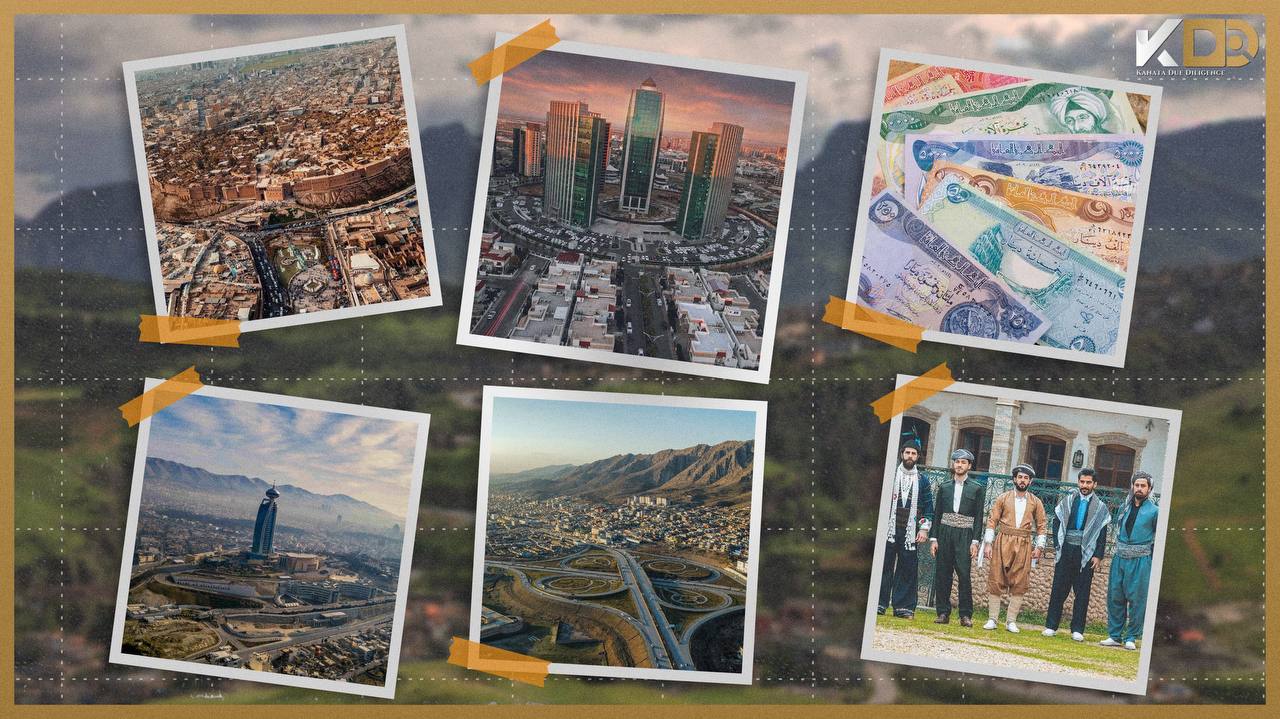Kurdistan Region of Iraq: A Tapestry of Resilience and Aspirations

Nestled in the rugged landscapes of northern Iraq, the Kurdistan Region stands as a distinct entity, characterized by its unique history, rich culture, and a resilient population striving for autonomy within the framework of Iraq.
Geographical Splendor and Strategic Location: The Kurdistan Region is endowed with diverse topography, including majestic mountain ranges, fertile plains, and flowing rivers. Its strategic location, bordering Turkey, Iran, and Syria, positions it at the crossroads of the Middle East, contributing to its historical significance and geopolitical importance.
Cultural Identity and Language: The Kurdish people, with a distinct cultural identity, form the majority in the region. The Kurdish language, with its various dialects, is a symbol of the region’s heritage. This linguistic richness is complemented by a tapestry of traditions, folklore, and a long history of resilience.
Historical Struggles and Aspirations: The Kurds have a history marked by struggles for recognition and autonomy. The Kurdistan Region has, at various points, sought greater autonomy within the Iraqi state. The resilience of the Kurdish people in the face of historical challenges has shaped the region’s aspirations for self-determination.
Political Landscape and Regional Government: The Kurdistan Region operates within the federal structure of Iraq but exercises a considerable degree of autonomy. It has its regional government, led by a president, prime minister, and parliament. This political setup allows for the region to manage its internal affairs, including security, economy, and governance.
Economic Vibrancy and Natural Resources: The Kurdistan Region has witnessed economic growth, partly fueled by its significant oil and natural gas reserves. The development of the energy sector, coupled with strategic infrastructure projects, has contributed to the region’s economic vibrancy and potential for further growth.
Cultural Diversity and Coexistence: Beyond the Kurdish majority, the Kurdistan Region is home to various ethnic and religious communities, fostering a spirit of diversity and coexistence. This inclusive environment is a testament to the region’s commitment to pluralism and harmony.
Security and Stability: In comparison to other parts of Iraq, the Kurdistan Region has maintained a relatively stable and secure environment. This stability has facilitated economic development and attracted investments, contributing to the region’s progress.
Challenges and Regional Dynamics: While the Kurdistan Region has made strides in asserting its autonomy, challenges persist. Issues related to disputed territories, resource sharing, and political differences with the federal government of Iraq underscore the complex dynamics at play.
Mapping the Region’s Landscape: Exploring the map of the Kurdistan Region provides insight into its geographic features, major cities, and borders with neighboring countries. The map serves as a visual guide to understanding the region’s strategic location and its connections within the broader Middle East.
In conclusion, the Kurdistan Region of Iraq is a tapestry woven with resilience, cultural richness, and aspirations for greater autonomy. Its unique position within Iraq, coupled with the determination of its people, shapes a narrative of a region navigating the complexities of history and aspiring for a future of self-determination.
Leave a Reply